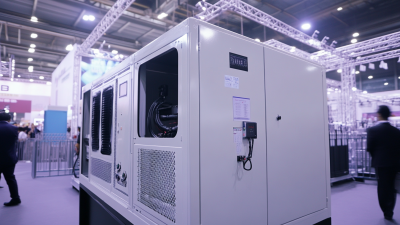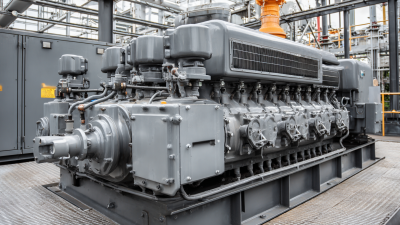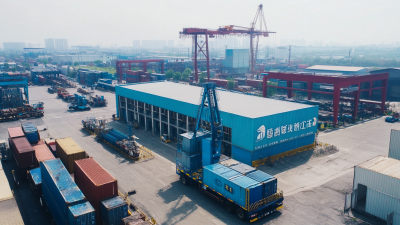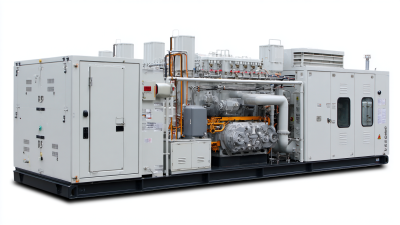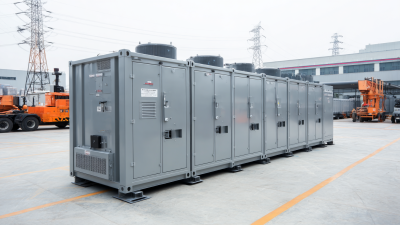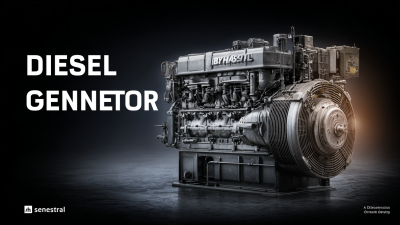
-
Home
-
Products
-
Service
-
About Us
-
Solution
-
Videos
-
News
-
Contact Us
Leave Your Message

In recent years, the demand for sustainable energy solutions has surged, largely driven by the urgent need to address climate change and reduce dependence on fossil fuels. One of the most promising developments in this field is the rise of Project Power Generators, which are designed to harness renewable energy sources efficiently. According to a report by the International Energy Agency (IEA), the global renewable energy capacity is set to increase by nearly 50% by 2025, emphasizing the critical role of innovative technologies like Project Power Generators in this transition. Moreover, the market for power generators is projected to reach $23 billion by 2025, signifying a robust growth trend influenced by the increasing shift towards sustainable energy practices. This ultimate guide will explore the numerous advantages of Project Power Generators, highlighting their efficiency, adaptability, and positive environmental impact, making them a vital component in the quest for a sustainable energy future.

Project power generators are shaping the future energy landscapes by providing efficient, sustainable solutions that meet the growing demand for clean energy. As traditional energy sources become increasingly unreliable and harmful to the environment, the role of these generators is becoming more crucial. By harnessing renewable resources such as wind, solar, and hydro, project power generators can significantly reduce carbon footprints and promote energy independence for communities and businesses alike.
Moreover, the adaptability of project power generators allows them to be deployed in various locations, making them an ideal solution for both urban and rural settings. These systems not only support grid stability but also enable localized energy generation, which minimizes energy loss during transmission. As technology continues to advance, project power generators are increasingly equipped with smart grid capabilities, allowing for real-time monitoring and efficient energy management. Thus, they are not just a viable alternative but a necessary component of a sustainable energy future that enhances resilience against climate change challenges.
Project power generators are increasingly gaining attention for their role in sustainable energy solutions. One of the key benefits of utilizing these generators is their ability to produce energy on-site, reducing transmission losses and enhancing energy security. By generating power close to the point of use, communities can harness renewable resources more effectively, making the transition to eco-friendly energy sources smoother and more pragmatic. This localized approach not only diminishes reliance on traditional power grids but also fosters resilience against fluctuations in energy supply.
Another significant advantage is the flexibility these generators offer. With advancements in technology, project power generators can integrate various forms of renewable energy, such as solar, wind, or bioenergy. This adaptability allows for a customized energy solution that meets specific local needs and accommodates varying energy demands. Additionally, by employing project power generators, industries can significantly lower their carbon footprint, contributing to broader efforts in combating climate change. In this way, project power generators serve not just as a power source but as a vital tool in promoting sustainable practices and fostering a greener future.
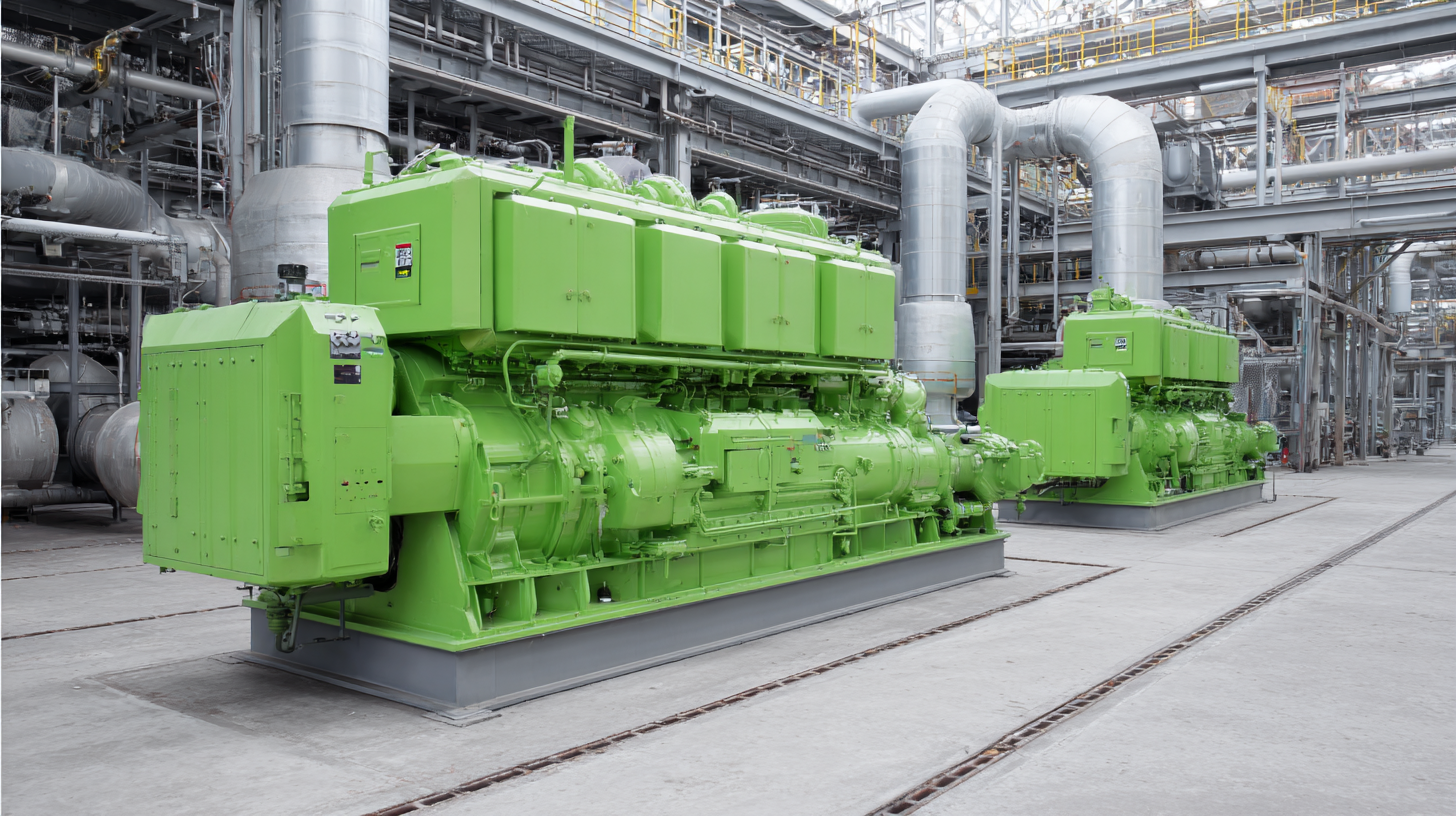
In the quest for sustainable energy solutions, project power generators are proving to be essential in enhancing energy efficiency and reliability. Recent studies indicate that a shift towards clean power generation can yield not only affordable but also dependable electricity for both households and businesses. For instance, transitioning to a renewable and low-carbon grid is critical for ensuring the sustainability of electricity supply, promoting economic growth while meeting environmental goals.
Moreover, innovative technologies in power generation, such as hybrid renewable systems, are optimizing resource utilization. These systems are designed to enhance energy efficiency, significantly reducing costs and operational risks. Research has shown that integrating various renewable sources—like solar, wind, and hydropower—into a cohesive generation system can meet the growing demand for reliable power while contributing to global sustainability efforts. This multifaceted approach is not only vital for reducing greenhouse gas emissions but also plays a critical role in driving economic development in regions transitioning to greener energy solutions. As these systems evolve, they stand to unlock further advancements in energy reliability, thus fostering a cleaner, more resilient energy landscape.
| Dimension | Details |
|---|---|
| Energy Efficiency | Up to 30% more efficient than traditional generators. |
| Fuel Flexibility | Compatible with various renewable fuels including biodiesel and solar energy sources. |
| Reliability | Consistent performance with minimal maintenance. |
| Environmental Impact | Reduces carbon footprint by 40% compared to traditional generators. |
| Cost Savings | Lower operational costs leading to savings over time. |
| Scalability | Easily scalable to meet increasing energy demands. |
| Noise Reduction | Quieter operation thanks to advanced technology. |
| Portability | Lightweight design for easy transport and deployment. |
Project power generators are emerging as a pivotal solution in the pursuit of sustainable energy solutions, particularly when it comes to their cost-effectiveness for various projects. These generators offer a flexible energy supply that can significantly reduce operational costs while maintaining high energy efficiency. By utilizing renewable resources such as solar, wind, and biomass, project power generators not only minimize dependency on fossil fuels but also lower greenhouse gas emissions, making them an economically and ecologically friendly alternative.
The initial investment in project power generators may seem significant; however, the long-term savings often outweigh these upfront costs. For example, projects that integrate these generators often experience decreased utility bills and reduced maintenance costs, as many modern systems are designed for durability and efficiency. Additionally, with advancing technology, the cost of renewable energy equipment has plummeted, making the overall financial landscape much more favorable for developers and stakeholders. Embracing project power generators can transform the sustainability narrative, proving that investing in green technology is not just an ethical choice, but also a financially sound strategy in today’s economy.
The advancement of innovative technologies in project power generators is significantly enhancing the pursuit of sustainable energy solutions. These cutting-edge generators are designed to harness renewable resources such as solar, wind, and bioenergy, providing cleaner alternatives to traditional fossil fuels. By integrating smart technology and efficient energy management systems, these generators not only optimize power production but also minimize waste, contributing to a greener planet.
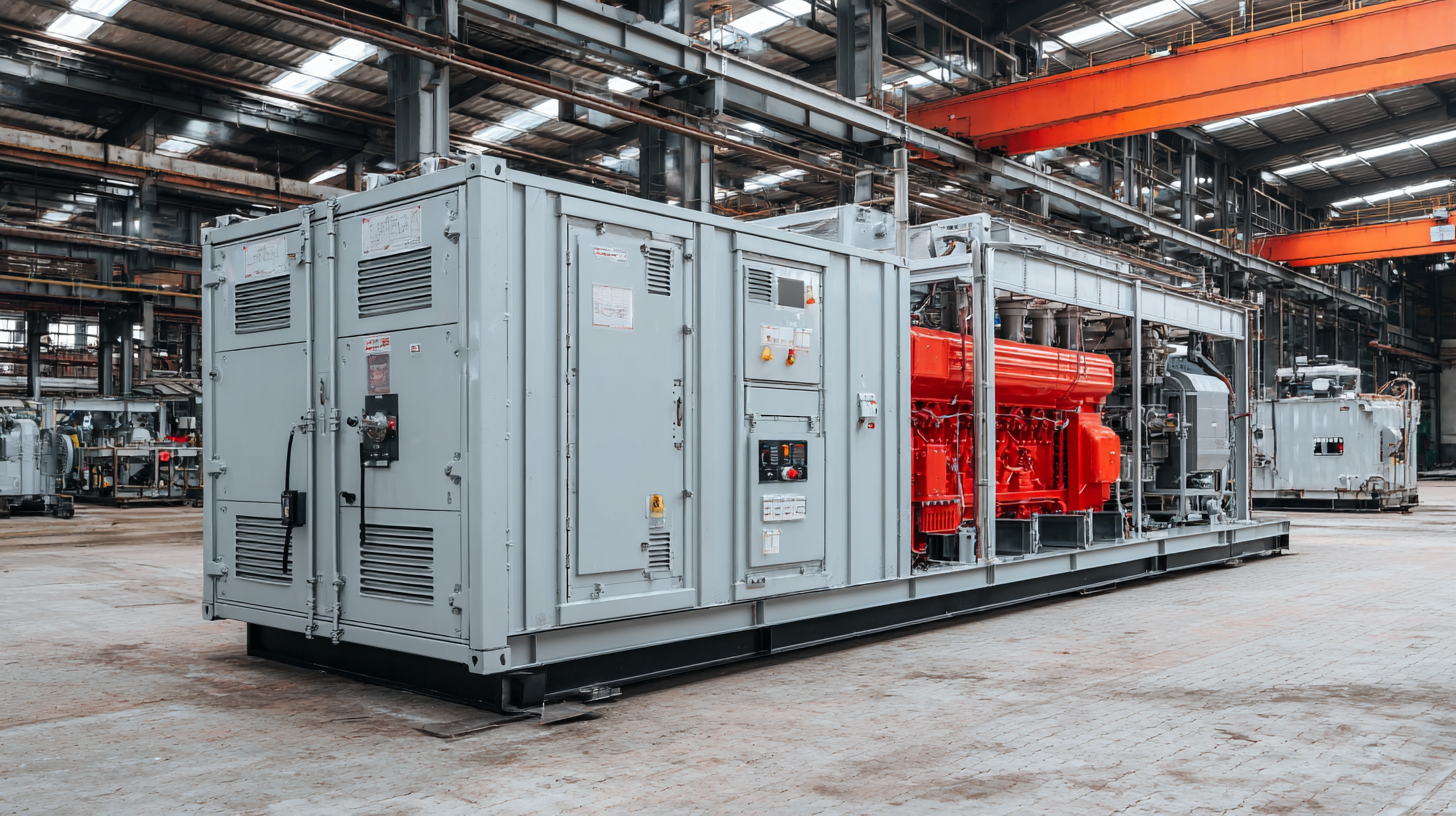
Moreover, the scalability of modern power generators allows for widespread application across various projects, from small community installations to large industrial setups. This flexibility ensures that energy needs can be met without compromising environmental integrity. Features like real-time monitoring and automated responses to changing energy demands further bolster their effectiveness, ensuring a stable supply of power while reducing the carbon footprint of energy generation. As these technologies continue to evolve, they promise to play a crucial role in our transition to a sustainable energy future.
